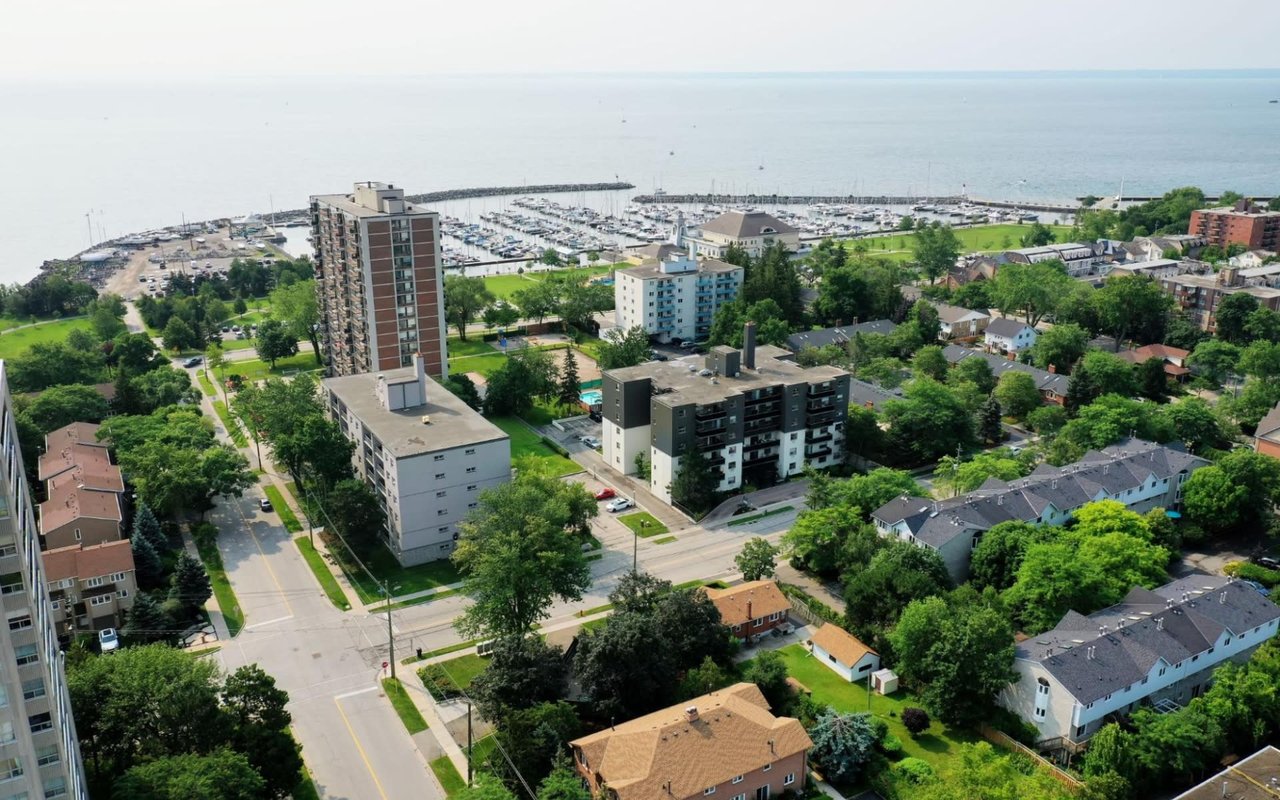Oakville, located in Ontario, Canada, is a community beloved by many for its natural surroundings, recreational activities, and waterfront location on Lake Ontario. In addition to its outdoor amenities, Oakville is known for having residents who take pride in keeping the area well-maintained and sustainable. The community is part of Greater Toronto and is less than 40 miles southwest of downtown Toronto.
When researching a new city, the cost of living is an essential factor. It indicates what you need to sustain a reasonable standard of living in a particular geographic location. Your cost of living includes the prices for necessities such as food, housing, transportation, and healthcare. Cost of living varies between cities and countries due to differences in factors such as taxes, minimum wage, and consumer prices. Understanding the cost of living is crucial for people looking to relocate, as it can significantly impact their overall financial stability and quality of life. Read on to learn more about the cost of living in Oakville (Canada).
Housing prices in Oakville, Canada
The median home price for all residences in the Oakville-Milton area in March 2023 was more than $1.3 million, with the average price for single-family homes coming in at over $1.5 million. The area has also seen relatively few new listings, which can impact the sale price. New listings decreased nearly 48% from March 2022, with only 515 new listings in March 2023. Even with prices lower than in years past, housing is a significant cost in Oakville.
Utility costs
For water and sewer, most residential properties are billed once every two months. The cost depends on the amount used in a time frame. For example, if the meter size is less than 20 millimeters, the combined water and sewer cost is less than $35 per month. For 40 millimeters, the average price is close to $250. Oakville has programs in place to encourage residents to limit water and electricity and conserve energy when possible, especially during extreme temperatures during summer and winter. Residents can often save money by enrolling in utility programs and paying consistent monthly fees rather than higher monthly fees in the summer and winter.
Residents can also reduce utility costs by practicing energy-saving habits. This can include limiting lights and electronics use, using energy-efficient light bulbs and appliances, and minimizing water consumption by fixing leaks and taking shorter showers. Homeowners can also consider investing in upgrades such as energy-efficient windows, better insulation, or a smart thermostat.
Transit options and fees
Monthly public transit passes are available for purchase, which can save money for those who use transit frequently. Purchasing a PRESTO card costs $136.50 monthly and allows unlimited bus rides. Otherwise, it can cost four dollars per ride. Children, teens, and seniors can ride the bus at no cost. There are also alternative transportation options available in Oakville.
Biking is a popular choice for residents, as the city has several bike paths and designated bike lanes on its roads. This not only provides a cost-effective method of transportation but also offers the added benefit of exercise. Downtown Oakville is a certified Ontario by Bike destination with bike-friendly accommodations to travel around town.
The average salary in Oakville
The average salary in Oakville is around CAD 68,900 per year or around CAD 33 per hour. Salaries can vary significantly depending on the industry and job type. For example, industries like finance and technology tend to offer higher wages compared to fields like education or the arts. In Oakville, a pharmacist makes around CAD 138,000, while a bank teller makes around CAD 40,000.
Move to Oakville
Rola Merhi is an Oakville, Canada, real estate agent with over a decade of experience in the local and international markets. Start your home search with Rola today.
*Header photo courtesy of Shutterstock










